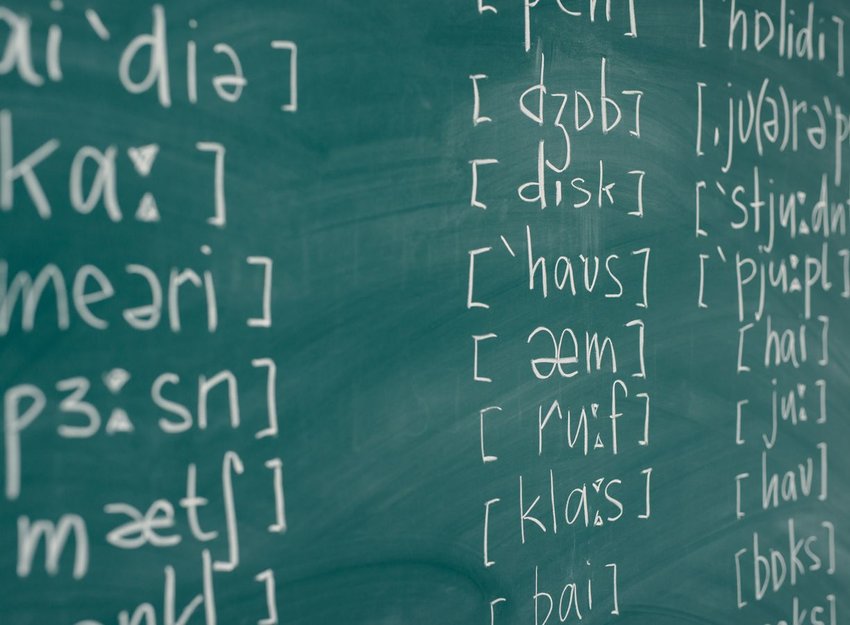Schwa is more than just a fun word to say. It’s that upside-down “e” you've seen in the dictionary, squeezed into the string of phonetic symbols. But if you’re not a linguistic student, that schwa might not mean much to you. We’re here to tell you that the schwa is a very big deal.
How to pronounce schwa
A schwa is the ǝ symbol in the International Phonetic Alphabet (IPA). It is an unstressed syllable pronounced like “uh.” Most of the time, this syllable comes in the middle of a word, like in dozen or memory. Notice how the “E” in dozen and the “O” in memory don’t have much presence in the pronunciation of the word.
The word schwa comes from the Hebrew word “shva.” When reading Hebrew, two dots beneath a letter indicate a schwa. In English, there isn’t a visual indicator unless you are looking at the IPA pronunciation in the dictionary. That funny ǝ symbol means you’re pronouncing the “uh” of schwa.
Unseen, but still spoken
Sometimes a schwa isn’t a letter at all but a phonetic element. It shows up when you’re pronouncing a word, but not always when you’re spelling it out. These words have no vowels to indicate a schwa. For instance, the schwa in rhythm comes at the end of the word, so the IPA pronunciation reads ˈrɪð əm.
There’s no vowel spelled in that second syllable, but as you can see in the pronunciation guide, the schwa is there. It’s kind of like having a silent e at the end of a word, except, in this case, it’s an invisible schwa.
How many languages use a schwa?
As implied by the word’s Hebrew origins, the schwa isn’t unique to the English language. Schwas appear in at least eleven other languages around the world, including Albanian, Dutch, Malay, and Korean.
Each of these languages represents the schwa in a different way. In Albanian, you’ll see a diaeresis (two dots) over an e. In Dutch, it’s a digraph (two letters) with ij, and in Malay, it’s shown with a symbol that looks like an upside-down v. Regardless of how it looks, the schwa sounds the same in every language.
Some languages even omit schwas entirely, at least audibly. The schwa is still technically there, but the speaker chooses not to pronounce it. This is a common phenomenon in Hindi and French, but you may be surprised to learn that American English does it, too. Listen to how you pronounce words like chocolate, every, and camera. In each one, the schwa in the middle of the word disappears.

